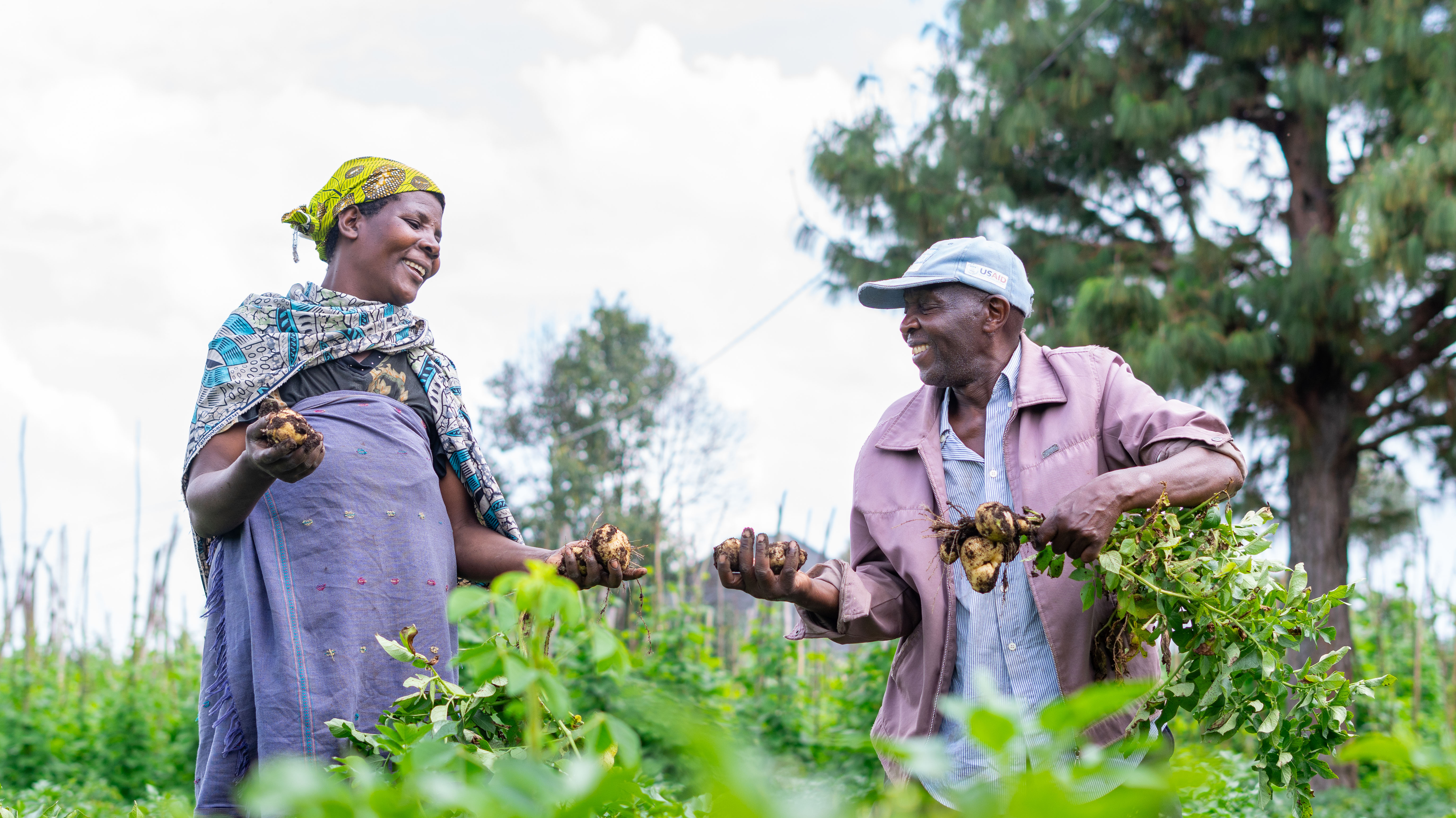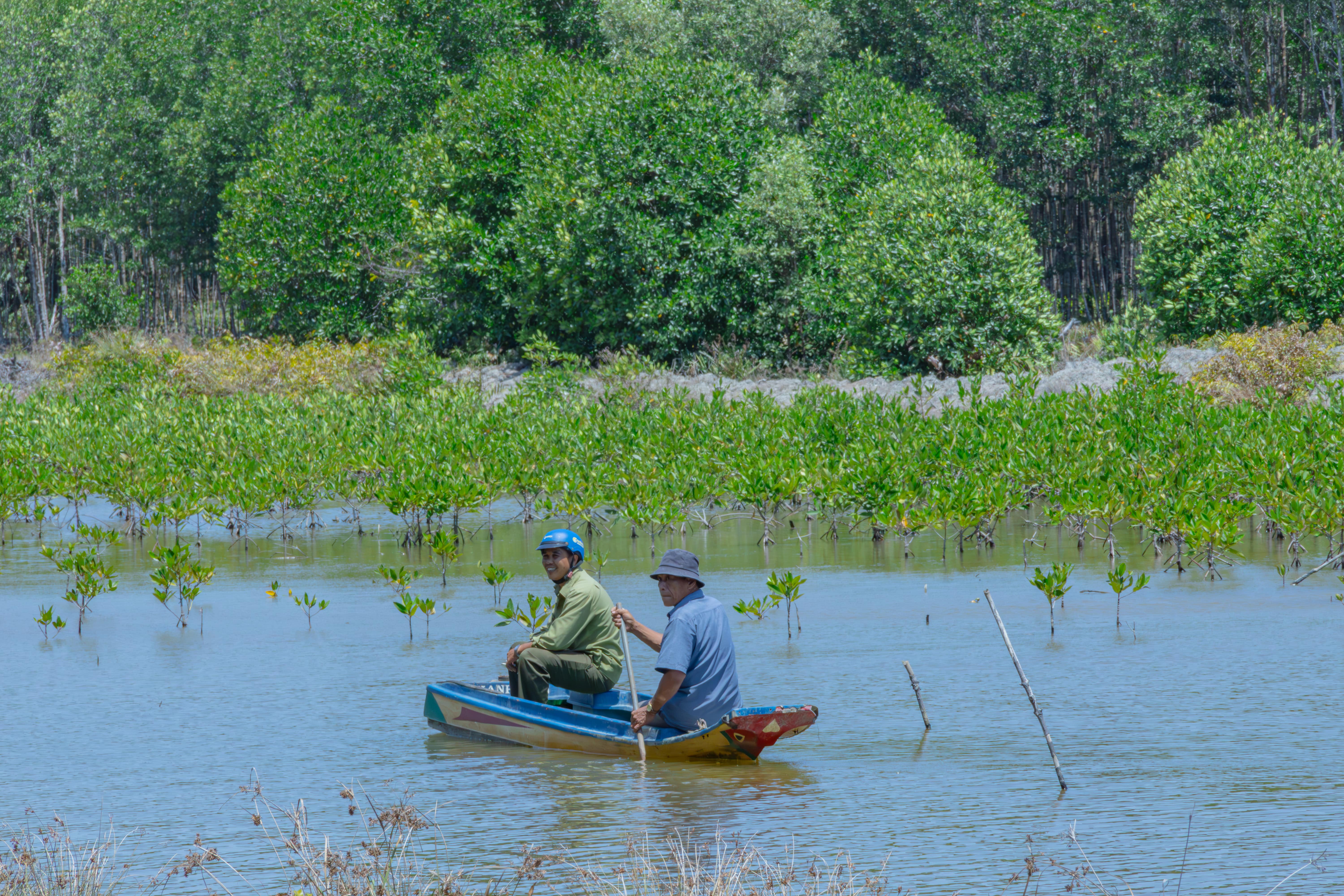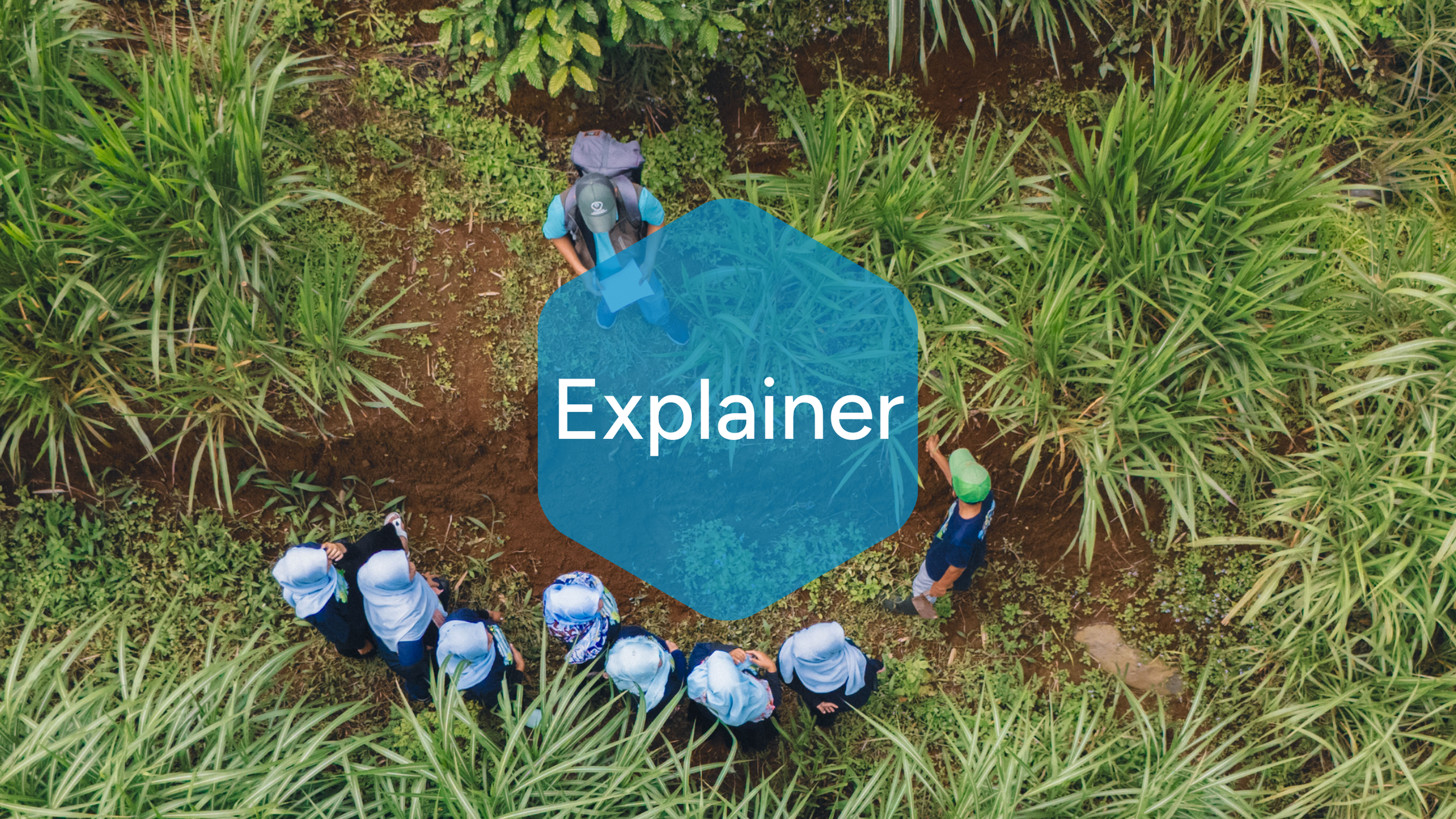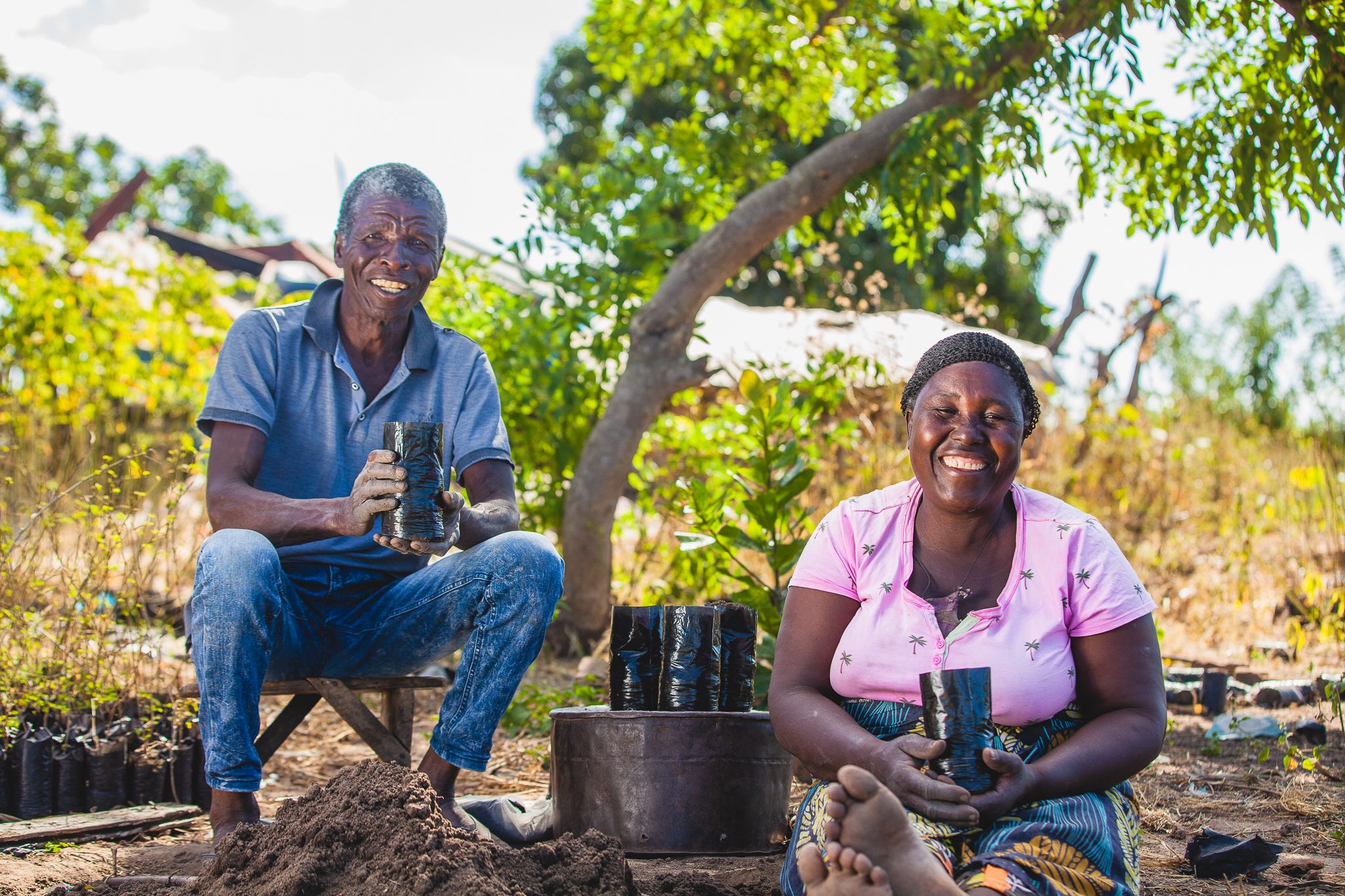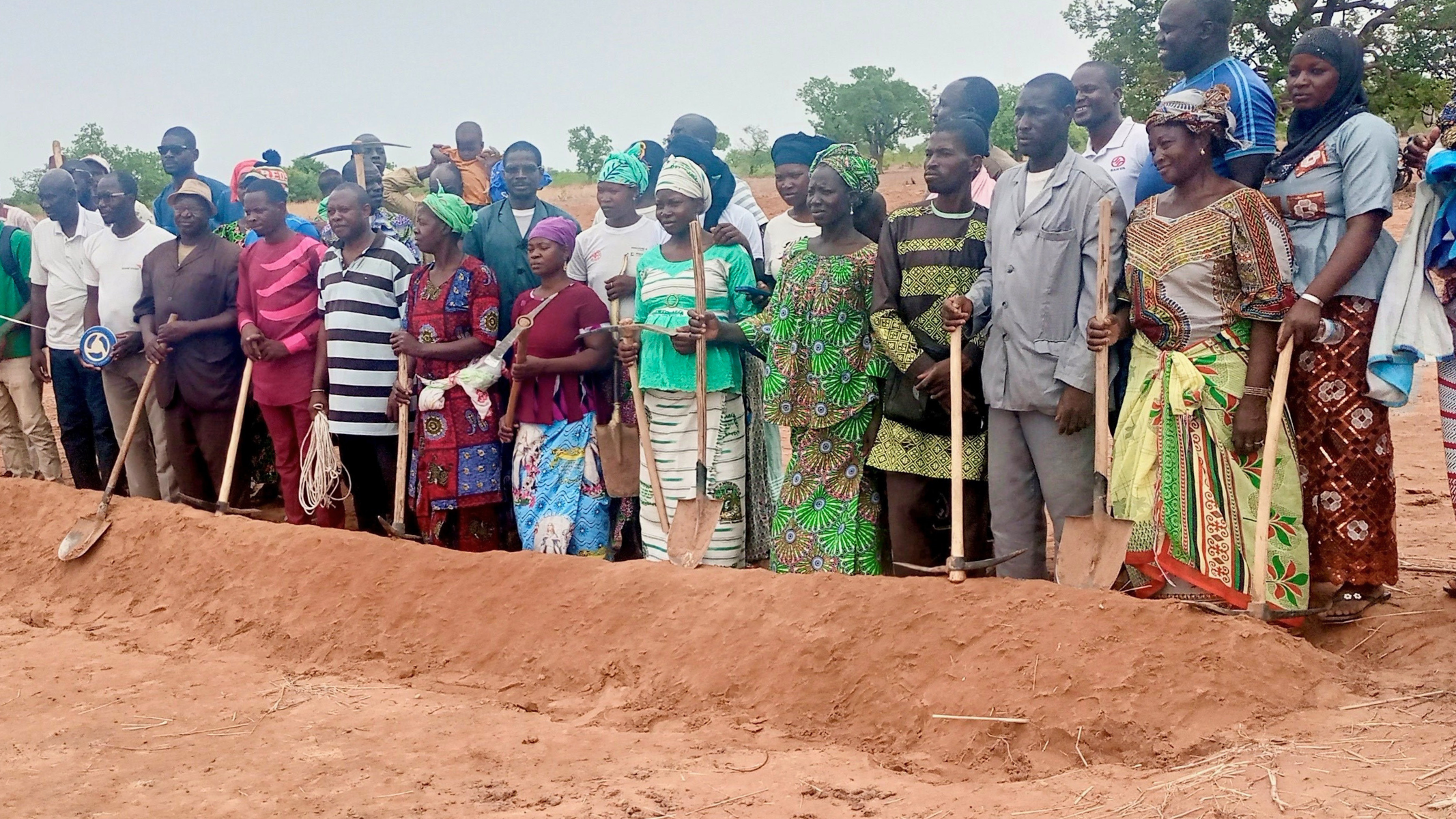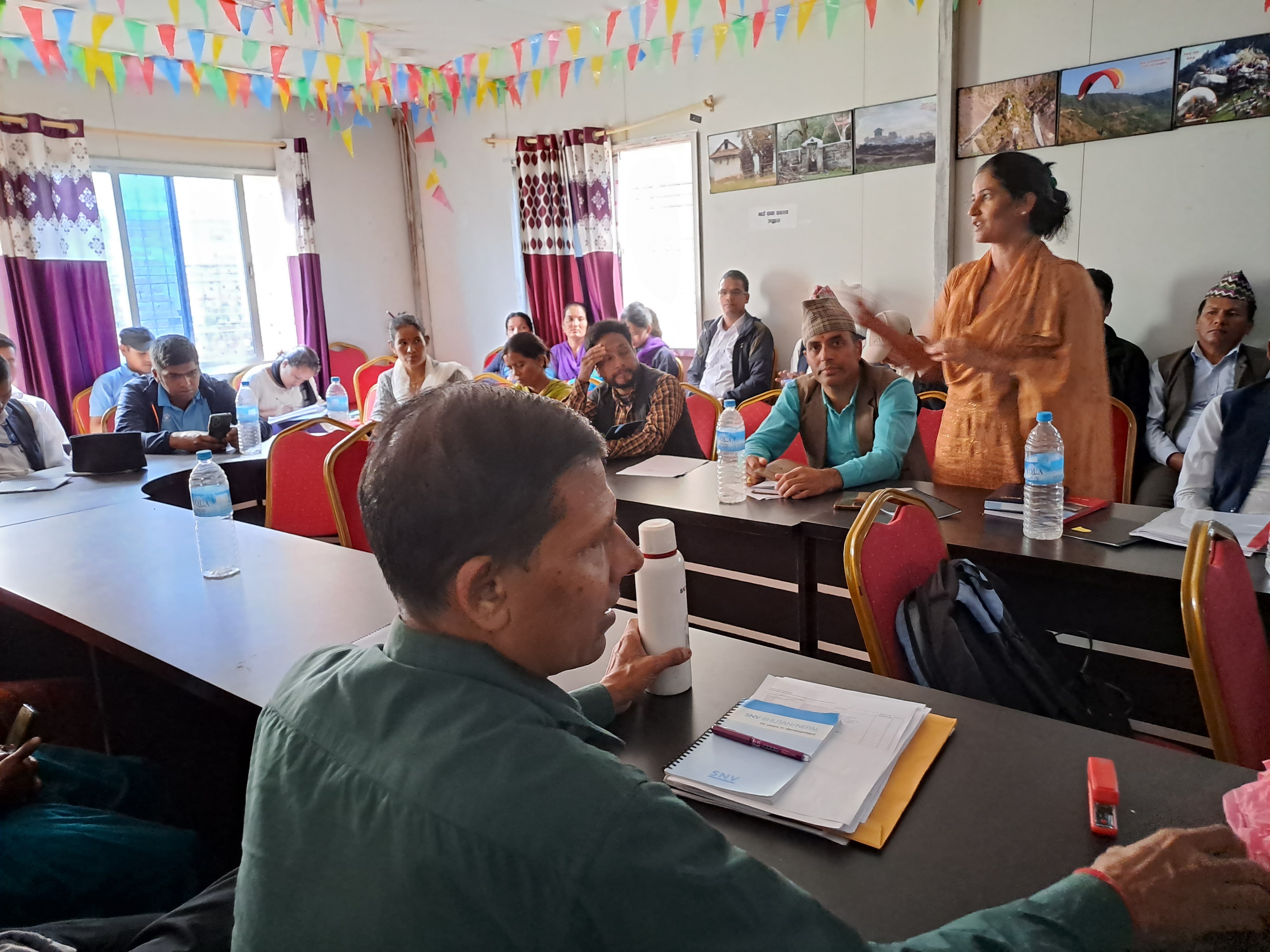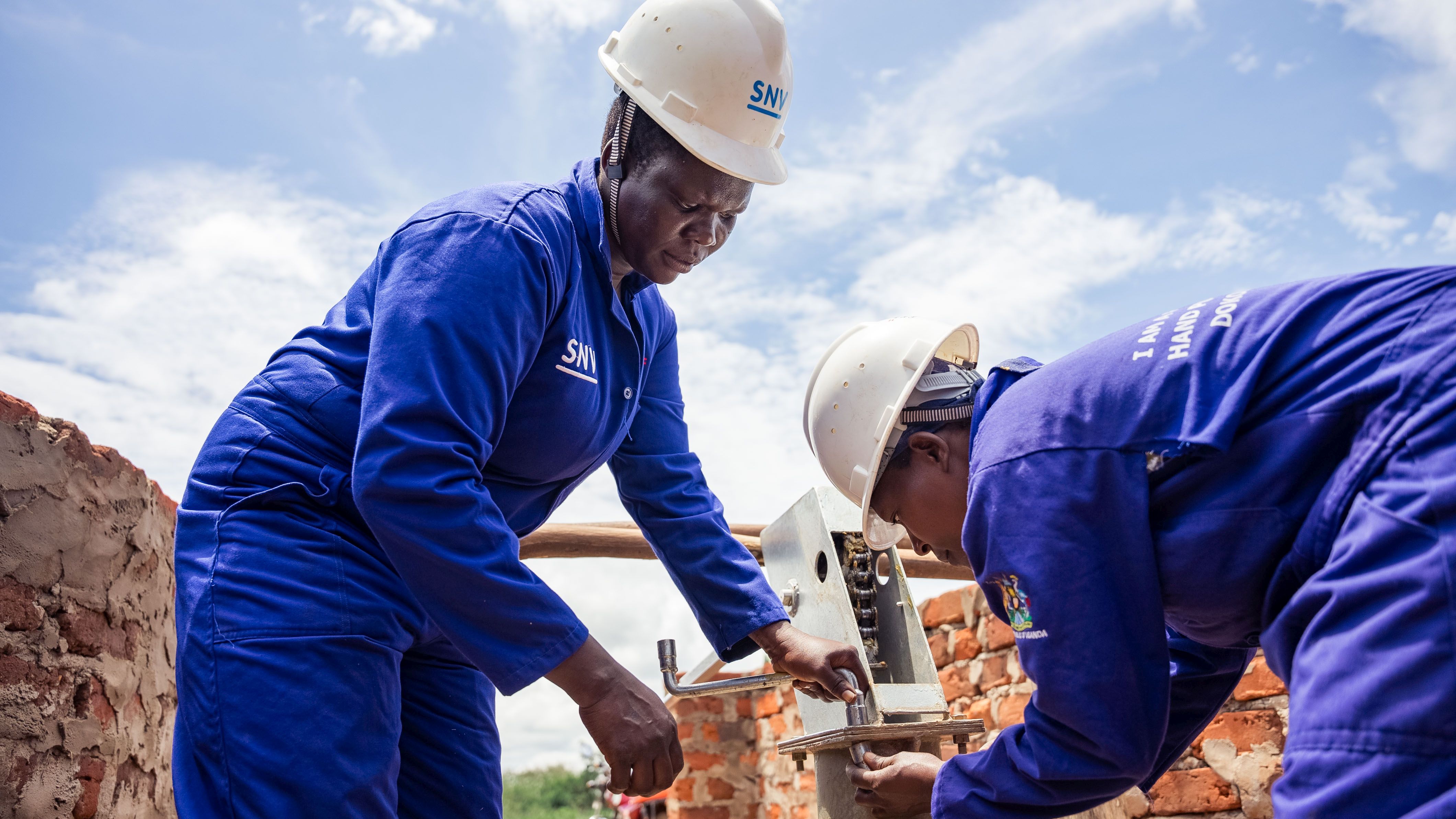)
Locally led, globally backed: Rethinking climate action
Progress on climate action means closing the gap between global commitments and local solutions that build lasting resilience.
Only a small fraction of climate funds currently reach smallholder farmers, pastoralists, Indigenous Peoples, and other frontline communities advancing resilient crops, regenerative farming and ecosystem stewardship.
At SNV, we partner with communities, governments and investors across sectors to bridge global ambitions and local climate leadership. Our experience shows that systems transformation happens when resources flow directly to grassroots efforts, and where integrated and inclusive strategies yield sustainable results.
The UN climate summit in Belém (COP30) is a critical moment to call for closing the gap, scale proven approaches fast and prioritise locally led action.
Why 'locally led, globally backed'?
Smallholders and other value chain actors in low- and middle-income countries contribute least to the climate crisis, yet face its harshest impacts, from floods to droughts. At the same time, they produce a third of the world’s food, carry generations of ecological knowledge, and pioneer solutions, from climate-resilient crops to regenerative farming. These innovations urgently need support and scale.
Every dollar invested in climate adaptation can yield ten times that in social and environmental benefits. However, only 2% of global climate finance reaches smallholders, and even less reaches marginalised communities. Fragmented approaches to food, water and energy sectors also lead to short-lived outcomes.
To deliver just and lasting solutions, global climate policy and finance must be reimagined: integrated, equitable, and aligned with national plans, local institutions, and grassroots innovation.
)
Rethinking climate action: Three priorities
1. Make global finance locally accessible
Barriers to smallholder and community-level finance are shaped by perception gaps, high transaction costs and systemic hurdles.
Climate finance must therefore be made easier to access. This means aligning it with local and national priorities, creating enabling policy environments, and building technical capacity for smallholders and local communities—to shape their own climate resilient futures with the multi-stakeholder support they may require to do so.
Technical assistance and innovative models, such as first-loss guarantees and results-based financing, can mitigate early risk and attract private investment for impact at scale, for example:
In Vietnam, shrimp producer Camimex is supporting livelihoods, restoring 16,500 hectares of mangroves and sequestering 10 million tonnes of CO2.
Across three East African countries, agribusinesses and farmer cooperatives are scaling climate-resilient farming.
In Kenya’s arid regions, agro-pastoralist communities are expanding drought-resistant forage production.
Read more in our Explainer: How can global climate finance deliver local action?
.
.
.
.
.
.
"Our journey has been transformative. We are setting new standards for the industry, proving that profitability and ecological responsibility can go hand in hand."
Dang Ngoc Son, General Director of Camimex, Vietnam
2. Integrate food, water and energy
Joining up efforts across food, water, and energy creates more sustainable outcomes, as these systems are deeply interconnected and face overlapping climate challenges.
Holistic, participatory approaches, linking regenerative agriculture, water management and renewable energy, deliver benefits for livelihoods, ecosystems and the climate.
Farmers in Greater Jakarta, Indonesia are restoring watersheds by adopting regenerative agriculture and agroforestry, and forming multi-stakeholder forums to manage water resources collaboratively.
In Kenya’s Ewaso Nyíro basin, smallholder farmers have applied interconnections between water, energy and agri-food by integrating solar technology to support crop irrigation.
In 27 countries, millions of farmers are showing how systems can work together by adopting biodigesteres - turning farm waste into clean fuel and organic fertiliser, improving soils and health while reducing emissions and deforestation.
.
.
.
.
.
.
"For me it's about resilience, not just survival."
Mercy Gatwiri, a young farmer from Laikipia County, Kenya
3. Centre equity, inclusion and local ownership
Equity and inclusion, paired with genuine local ownership, make climate action more effective and just.
Women, youth, Indigenous Peoples and marginalised groups need the opportunity to lead on climate solutions.
In the Sahel, local champions are spearheading innovations such as climate-resilient forage production in Mali, to improve food security, enhance land productivity and cut greenhouse gas emissions – often with impacts that ripple out across communities.
In Nepal, rural community members are championing climate-resilient WASH, supported by efforts to institutionalise gender equality and inclusive governance.
Women in Uganda are transforming water access by becoming skilled Hand Pump Mechanics, breaking gender barriers and building rural water systems that are more reliable, inclusive and climate-resilient.
.
.
.
.
.
.
SNV at COP30
At the UN climate summit, SNV and partners will be calling for climate action that bridges global ambition and local leadership.
Learn more